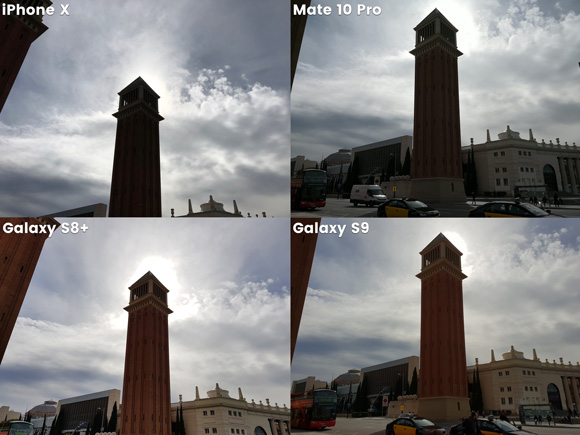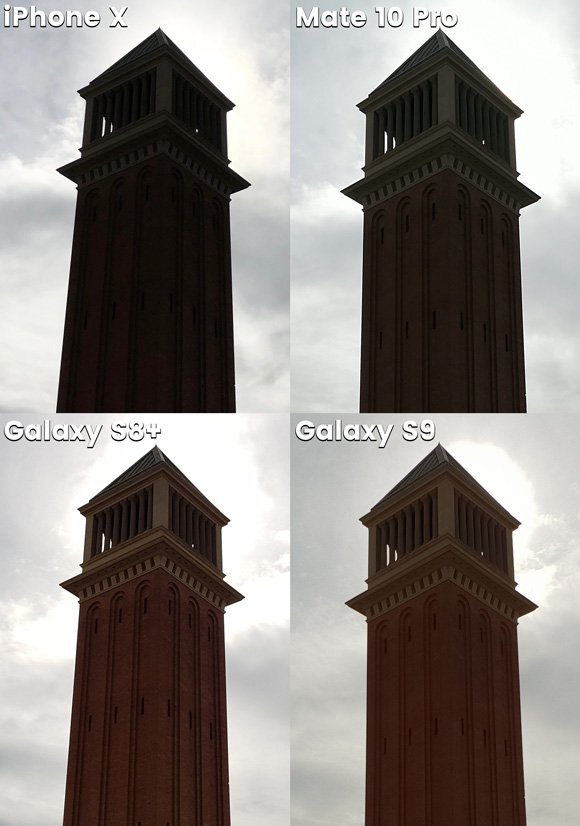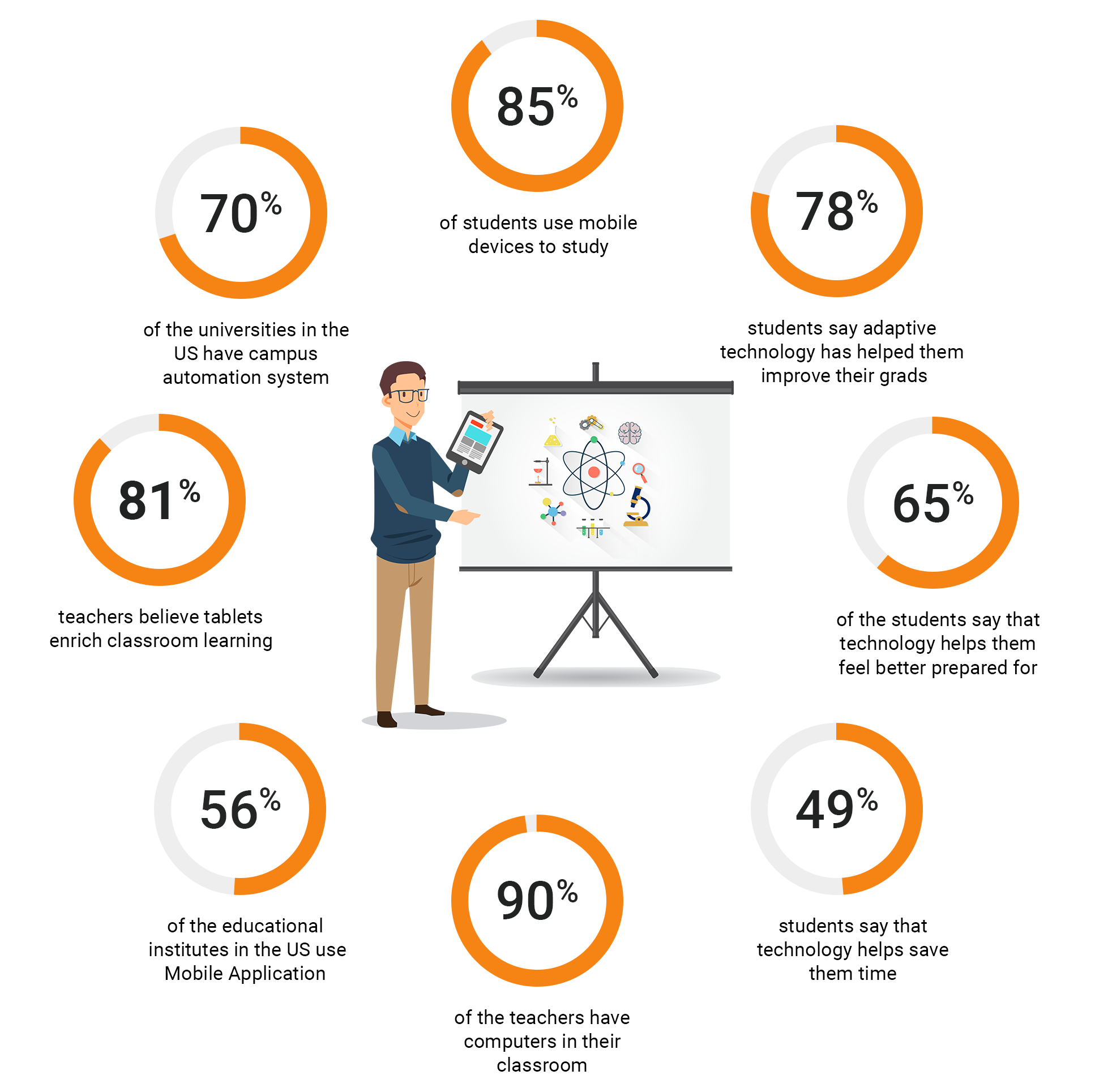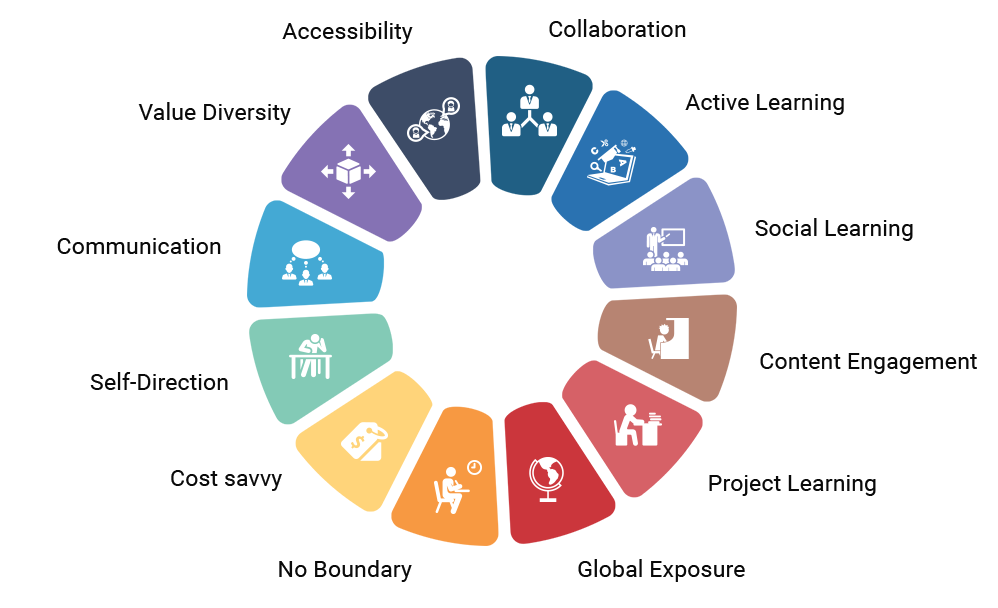Which one is better?
When it comes to buying one of the best smartphones, the first choice can be the hardest: iOS or Android. It's not simple; both offer a lot of great features and they may seem basically the same other than brand and price.
However, a closer look shows that there are some key differences.
Read on for a closer at look at some of these differences to help you
decide whether an iOS or Android smartphone is right for you.
:max_bytes(150000):strip_icc()/ios-11-compatible-5935efdb3df78c08abfd179a.jpg)
:max_bytes(150000):strip_icc()/iphone-8-series-59bb2e1a396e5a001047ec3c-5b799b9c46e0fb0050a20e42.jpg)
The Apple App Store offers fewer apps than Google Play (around 2.1 million vs. 3.5 million, as of April 2018), but overall selection isn’t the most important factor.
1. Operating System Compatibility
:max_bytes(150000):strip_icc()/ios-11-compatible-5935efdb3df78c08abfd179a.jpg)
To make sure you always have the latest and greatest version of your smartphone operating system, you have to get an iOS.
That's because some Android makers are slow at updating their phones to the latest version of the Android OS version, and sometimes don't update their phones at all.
While it's to be expected that older phones will eventually lose
support for the latest OS, Apple's support for older phones is generally
better than Android's.
Take iOS 11 as an example. It includes full support for the iOS
5S, which was released in 2013. Thanks to support for such an old
device, and full availability for all other models, iOS 11 was installed on about 66% of compatible models within 6 weeks of its release.
On the other hand, Android 8, codenamed Oreo, was running on just 0.2% of Android devices
more than 8 weeks after its release. Even its predecessor, Android 7,
was only running on about 18% of devices more than a year after its
release. The makers of the phones – not users – control when the OS is
released for their phones and, as stats shows, most companies are very
slow to update.
So, if you want the latest and greatest as soon as it's ready, you need an iOS.
Winner: iOS
2. Hardware
:max_bytes(150000):strip_icc()/iphone-8-series-59bb2e1a396e5a001047ec3c-5b799b9c46e0fb0050a20e42.jpg)
Hardware is the first place where the differences between the iOS and Android become clear.
Only Apple makes iOS, so it has extremely tight control over how the software and hardware work together. On the other hand, Google offers the Android software to many phone makers, including Samsung, HTC, LG, and Motorola. Because of that, Android phones vary widely in size, weight, features, and quality.
Premium-priced Android phones tend to be as good as the iOS in
terms of hardware quality, but cheaper Android options are more prone to
problems. Of course iOS can have hardware issues, too, but they're
generally higher quality.
If you're buying an iOS, you just need to pick a model. Because
many companies make Android devices, you have to pick both a brand and a
model, which can be a bit confusing.
Some may prefer the greater choice Android offers, but others appreciate Apple's simplicity and quality.
The Apple App Store offers fewer apps than Google Play (around 2.1 million vs. 3.5 million, as of April 2018), but overall selection isn’t the most important factor.
Apple is famously strict (some would say too strict) about what apps
it allows, while Google’s standards for Android are lax. While Apple's
control may seem too tight, it also prevents situations like the one
where a fake version of WhatsApp was published on Google Play and downloaded by 1 million people before it was removed. That's a major potential security threat.
Beyond that, some developers have complained about the difficulty of developing for so many different phones. Fragmentation
– the large numbers of devices and OS versions to support – makes
developing for Android expensive. For example, the developers of Temple
Run reported that early in their Android experience nearly all of their support emails had to do with unsupported devices even though they support over 700 Android phones.
Combine development costs with the emphasis on free apps for Android,
and it reduces the likelihood that developers can cover their costs.
Key apps also almost always debut first on iOS, with Android versions
coming later, if they come at all.
Winner: iOS
:max_bytes(150000):strip_icc()/68-extend-iphone-battery-life-580e16673df78c2c73293bc3.jpg)
4. Battery Life
:max_bytes(150000):strip_icc()/68-extend-iphone-battery-life-580e16673df78c2c73293bc3.jpg)
Early iOS needed to recharge their batteries every day. More recent models can go days without a charge, though new versions of the operating system tend to cut battery life until they're optimized in later releases.
The battery situation is more complex with Android, due to the large
variety of hardware options. Some Android models have 7-inch screens and
other features which burn through much more battery life.
But, thanks to the wide variety of Android models, there are also
some that offer ultra-high capacity batteries. If you don't mind the
extra bulk, and really need a long-lasting battery, Android can deliver a
device that works much longer than an iOS on a single charge.
Winner: Android
:max_bytes(150000):strip_icc()/GettyImages-499133405-5b799c8646e0fb0050a22e86.jpg)
:max_bytes(150000):strip_icc()/unlock-iphone-56a535b23df78cf77286f1b1.jpg)
:max_bytes(150000):strip_icc()/artificial-intelligence-5784dce05f9b5831b5a4f0b9.jpg)
5. Security
:max_bytes(150000):strip_icc()/GettyImages-499133405-5b799c8646e0fb0050a22e86.jpg)
If you care about the security of your smartphone, there's only one choice: iOS.
The reasons for this are myriad and too long to completely go into here. For the short version, consider these two facts:
- In one study, 97% of all malware, viruses, worms, etc., were for Android. In that study, 0% attacked the iOS.
- Even the head of Google's Android team admits that "We can not guarantee that Android is designed to be safe... If I had a company dedicated to malware, I should also be addressing my attacks on Android."
That says it all. However, it's important to note that these stats
don't mean iOS is immune to malware. It is not. It's just less likely
to be targeted and Android-based phones.
Winner: iOS
5. User Experience
:max_bytes(150000):strip_icc()/unlock-iphone-56a535b23df78cf77286f1b1.jpg)
People who want the complete control to customize their phones will prefer Android thanks to its greater openness.
One downside of this openness is that each company that makes Android phones can customize them, sometimes replacing default Android apps with inferior tools developed by that company.
Apple, on the other hand, locks the iOS down much more tightly. Customization are more limited and you can't change default apps. What you're giving up in flexibility with an iOS is balanced out by quality and attention to detail, a device that just looks and is well-integrated with other products.
If you want a phone that works well, delivers a high-quality experience, and is easy to use, Apple is the clear winner. On the other hand, if you value flexibility and choice enough to accept some potential issues, you'll probably prefer Android.
Winner:Tie
6.Intelligent Assistant
:max_bytes(150000):strip_icc()/artificial-intelligence-5784dce05f9b5831b5a4f0b9.jpg)
The next frontier of smartphone features and functionality will be driven by artificial intelligence and voice interfaces. On this front, Android has a clear lead.
Google Assistant,
the most prominent artificial intelligence/intelligent assistant on
Android, is extremely powerful. It uses everything Google knows about
you and the world to make life easier for you. For instance, if your
Google Calendar knows that you're meeting someone at 5:30 and that
traffic is terrible, Google Assistant can send you a notification
telling you to leave early.
Siri
is Apple's answer to Google Assistant for artificial intelligence. It's
improving all the time with each new iOS release. That said, it's still
limited to fairly simple tasks and doesn't offer the advanced smarts of
Google Assistant (Google Assistant is also available for the iOS).
Winner: Android
To conclude
The decision of whether to buy an iOS or Android phone isn’t as
simple as tallying up the winners above and choosing the phone that won
more categories (but for those counting, it's 8-6 for the iOS, plus 5
ties).
Different categories count for different amounts to different people.
Some people will value hardware choice more, while others will care
more about battery life or mobile gaming.
Both platforms offer are good choices for different people. You’ll
need to decide what factors are most important to you and then choose
the phone that best meets your needs.
:max_bytes(150000):strip_icc()/google-play-app-store-badges-5926dec63df78cbe7eaf4f9e.jpg)





